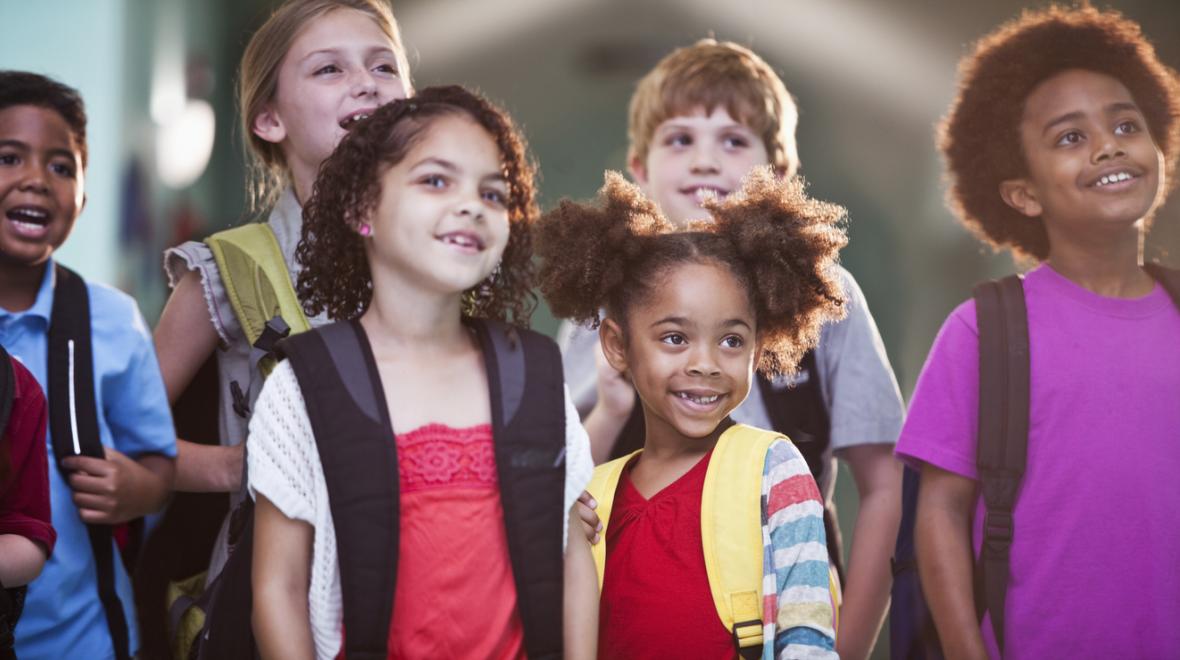
In the United States, most education programs tend to be limited to children who are all close in age; for example, the children in a kindergarten class all turn 5 sometime between Sept. 1 of that year and Aug. 31 of the next year. But some programs (such as Montessori schools, church programs or scout organizations) are multiage. Here are just a few interesting benefits of multiage programs that you might not have considered.
Knowledge and skill development
Younger children love learning things from older kids. Older children reinforce and deepen their own understanding of a topic or skill by teaching it to younger kids. This knowledge is passed on in a variety of ways:
- Unintentional modeling: When an older child is doing an activity that they want or need to do, such as drawing a picture of a dog, they may not even be aware that a younger child is observing and learning from them.
- Social play: Younger kids are exposed to things such as better emotional regulation and more sophisticated problem-solving, which helps them learn these skills earlier. Imaginary play is also richer, as the older children share ideas with the younger ones and have to figure out how to articulate those ideas so that the younger ones can play along.
- Casual mentoring: When an older child is slowed down by a younger one’s lack of knowledge, sometimes they move in to help rather than wait for an adult to step in.
- Support desk: Younger children learn which classmates they can go to for help with various tasks, and may seek out their help before asking a teacher.
- Intentional teaching: Sometimes teachers will ask a child who has mastered a skill to teach it to a child who hasn’t yet mastered it. The learner benefits by gaining information in a way that may be more fun and more confidence-building than learning from an adult. The child who is teaching has the chance to review their own knowledge from a new perspective.
Individualized curriculum, tailored to children’s unique skills, not just their age
- Some kids are really advanced in some areas and a little behind in others. Being in a multiage classroom makes it more likely that they’ll find peers to fit in with, in both of those areas.
- There is a broader range of information being covered, so children are better able to learn at their own pace, making continuous progress rather than having to “wait until second grade, when we cover that.”
Learning with the same teacher for multiple years
- The teacher gets to know each child’s strengths and weaknesses, and can therefore better tailor the lesson plan to meet that child’s individual needs.
- There is a stronger parent-teacher relationship.
- For the child, there’s the benefit of consistency, as well as a sense of security in the classroom, which supports better learning.
Less competition/labeling
- In a mixed-age classroom, it may be clearer that there’s a normal range of development. For example, the student who does best in math class may have the hardest time in music class, regardless of their age.
- A child who struggles more with social skills might be ostracized by peers of the same age, but may find companionship among younger kids in the classroom.
A more cooperative, caring learning environment
- Older kids learn to be patient, nurturing and responsible (with guidance from adults!).
- Role models: Younger kids are better at sitting still and focusing in group settings because they see the older kids doing so. The older kids like to demonstrate their knowledge and can often answer questions the younger ones ask. This builds confidence in the older ones, and the younger ones can often be more inspired to learn things from the “big kids” than they are to learn from a teacher.
- In group time, I find that the younger kids are better at sitting still and focusing because they see the older kids doing so. The older kids like to show off their knowledge and can often answer the questions the younger ones ask — this builds confidence in the older ones and the younger ones are more excited to learn things from the big kids than they are to learn from a teacher.
You might also like: |
Editor's Note: This article was originally published by Good Days With Kids and republished with permission.











